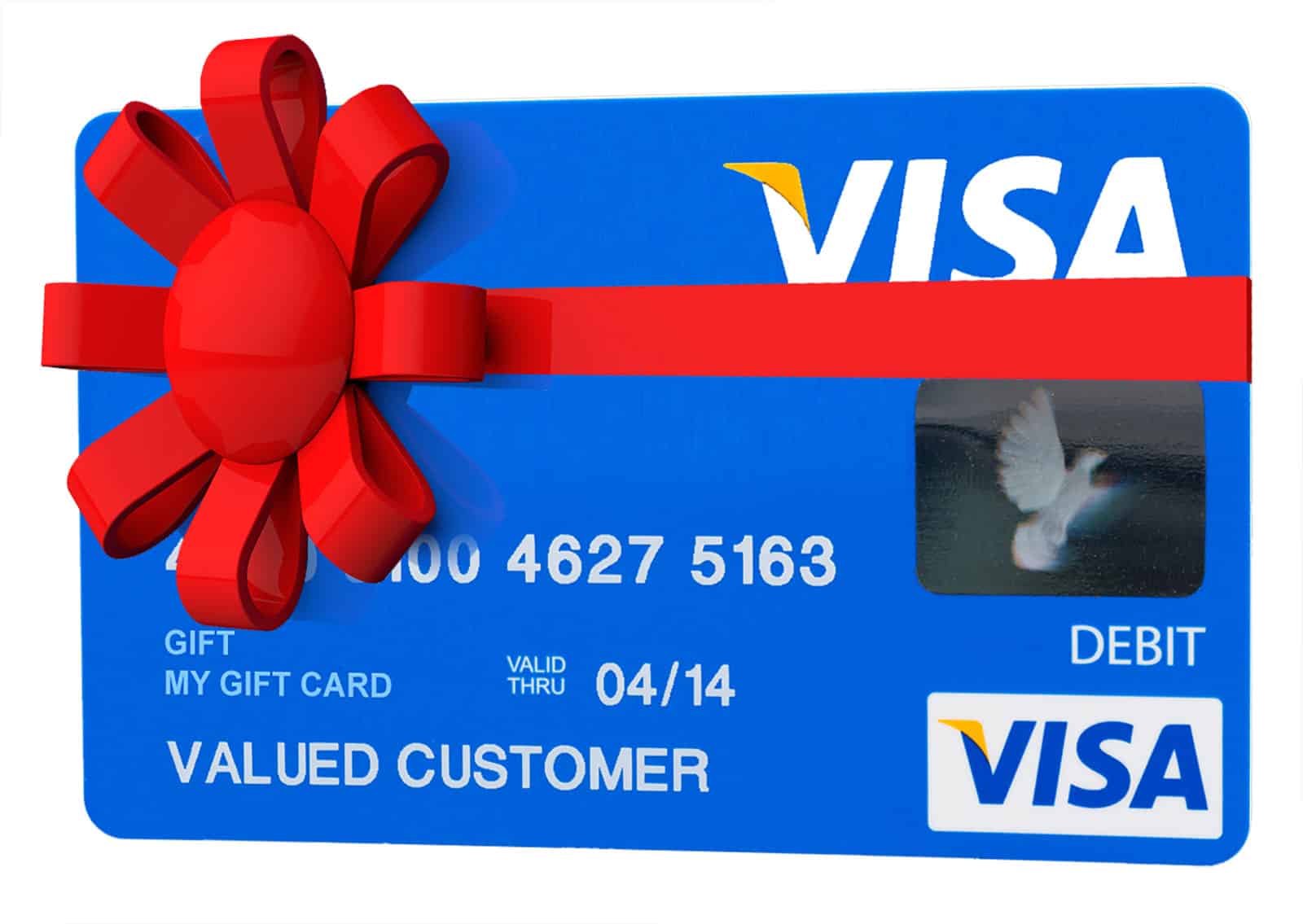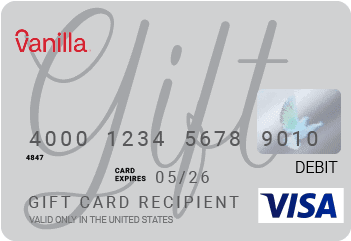A debit card is issued by a bank that allows you to withdraw money from your checking account. You may quickly access your account without needing to go to the bank. A debit card that isn’t reloadable isn’t a debit card. Although money is deducted from the account when you buy a product, it is not linked to a bank account. A non-reloadable card cannot be reloaded with more money. A prepaid card is a more versatile card that may be recharged daily.

What Does Non-Reloadable Mean?
Non-reloadable card means that you can not add more money to that card. Usually, non-reloadable cards are no longer usable when the card’s balance reaches zero. Customers can buy non-reloadable prepaid and gift cards for cash and use them, but they can not recharge them.
Non-reloadable credit cards, or prepaid credit cards, are a type of payment card that can be used to make purchases and payments but cannot be reloaded with additional funds. Here are some examples of non-reloadable credit cards:
- Gift cards: These are prepaid credit cards typically issued by retailers or other companies as a form of payment or as a gift. They can usually be used to purchase at the issuing store or online.
- Prepaid debit cards are non-reloadable credit cards linked to a specific account or prepaid card provider. They can be used to make purchases or withdraw cash from ATMs but cannot be reloaded with additional funds.
- Virtual credit cards are non-reloadable credit cards issued online and used for online transactions. They are often used for security reasons, as they can help protect against fraud and identity theft.
- One-time-use credit cards are non-reloadable credit cards designed for single use. They are often used for online purchases or transactions where users do not want to provide their regular credit card information.
- Travel credit cards: These are non-reloadable credit cards specifically designed for travel. They can be used to make purchases or withdraw cash in foreign countries and may come with added benefits such as travel insurance or rewards programs.
When the account balance on a non-reloadable debit card approaches 0, the card is no longer valid. On the other hand, gift cards and prepaid cards are frequently reloadable.
Please see the list of Non-reloadable cards that people usually use:
- Visa Gift Card: This is a popular type of gift card that can be used anywhere Visa is accepted.
- Mastercard Gift Card: Similar to the Visa Gift Card, the Mastercard Gift Card can be used anywhere Mastercard is accepted.
- American Express Gift Card: This is another popular gift card that can be used anywhere American Express is accepted.
- Amazon Gift Card: This gift card can be purchased on Amazon.com and affiliated websites.
- Walmart Gift Card: This gift card can be used to purchase at Walmart stores or online.
- Target Gift Card: Similar to the Walmart Gift Card, the Target Gift Card can be used to make purchases at Target stores or online.
- Vanilla Prepaid Card: This card can be used anywhere Visa, or Mastercard is accepted.
- NetSpend Visa Prepaid Card: This card can be used anywhere Visa is accepted and offers online account management features.
- Green Dot Prepaid Card: This card can be used anywhere Mastercard or Visa is accepted and offers cashback rewards and other features.
- PayPal Prepaid Mastercard: This prepaid card can be used anywhere Mastercard is accepted and is linked to a PayPal account.

Non-reloadable Debit Cards
Merchants occasionally send out non-reloadable debit cards as part of promotional offers and rebates. Banks and credit unions are also able to sell the cards. A non-reloadable card works like a prepaid card—Visa and Mastercard, the two largest credit card issuers, both issue non-reloadable card payments. The cards can be used anywhere that accepts Visa debit cards. For example, the card can shop online, over the phone, and in shops.
You won’t be able to use the card if the balance reaches zero. The issuer may collect a processing fee from the inactive account each month if the card is unused and there is a balance. The Federal Reserve System does not protect the funds on non-reloadable debit cards. Therefore they may not be covered if the issuing bank fails.
What are Gift Cards?
Gift cards from big credit card companies may look like credit or debit cards. If the gift card doesn’t come with a Security code, you’ll have to input it as a credit. If you pick debit, the payment will be rejected. If your gift card is reloadable, you can reload it and use it again. Non-reloadable printable coupons, on the other hand, must be thrown away after the balance has been emptied.
What are Prepaid Cards?
Prepaid cards include the logos of leading credit card companies, such as American Express, Discover, MasterCard, and Visa. You may use the card the same way as a standard credit card. However, prepaid debit cards, unlike gift cards, require identity verification. Your name is printed on reloadable prepaid cards. You may also have money put straight into your prepaid card.
Non-reloadable prepaid cards and gift cards fees
The consumer is responsible for the charges connected with the non-reloadable gift and prepaid cards. The price of a card varies based on the type of card. For example, reloading the My Vanilla prepaid card might cost up to $4.95 for every transaction. The charge must be paid in addition to the amount loaded onto the card; it cannot be subtracted from the new balance when activated. The card issuer determines the maximum amount to be loaded onto a gift or prepaid card. Reloadable prepaid cards typically have a daily reload limit.
While non-reloadable prepaid and gift cards can be a convenient way to make purchases and payments, they often come with various fees that can add up quickly. Here are some standard fees associated with non-reloadable prepaid cards and gift cards:
- Activation fee: Many prepaid and gift cards charge an activation fee when the card is first purchased. This fee can range from a few dollars to $15 or more.
- Inactivity fee: Some prepaid and gift cards charge an inactivity fee if the card has not been used for a certain period, usually 12 months or more. This fee can be a few dollars per month and can continue until the balance on the card is depleted.
- Reload fee: While non-reloadable prepaid cards cannot be reloaded, some prepaid cards allow for reloading with additional funds. Reload fees can range from a few dollars to $10 or more.
- Balance inquiry fee: Some prepaid and gift cards charge a fee for checking the balance on the card. This fee can be a few dollars per inquiry.
- ATM fee: If the prepaid card can be used to withdraw cash from an ATM, a fee may be associated with this transaction. This fee can be a few dollars per transaction.
- Transaction fee: Some prepaid cards charge a fee for each transaction made with the card. This fee can be a few dollars per transaction.
- Replacement fee: If the prepaid card is lost or stolen, a replacement fee may be charged to issue a new card. This fee can be a few dollars to $15 or more.
There are some key similarities and distinctions between prepaid cards and debit cards. First, you can apply for these cards even with a negative credit history. Second, a debit card requires a bank account since it is directly linked to the account. Finally, you only need money to acquire or reload a prepaid card. Neither impacts your credit score, but both provide a convenient option to purchase items without having cash on hand.
Prepaid debit cards and card payments bear the Visa or MasterCard logo. Prepaid cards could be linked to a specific brand for merchants, gas stations, restaurants, and other companies. The cards can be used anywhere Visa or MasterCard is accepted as a credit card. Debit cards and prepaid card payments both accomplish the same thing. They both allow you to spend money instead of renting it, as a credit or debit card does. Student loans could be used to pay for goods at stores, major shops, and anywhere that accepts them. Rechargeable debit cards linked to a specific store, cafeteria, or other business can only be used there.
Funding of Prepaid Cards
To make prepaid cards functional, cash is added to them. You can’t use a credit card to top up a Visa or MasterCard prepaid card, but you can add money with cash or a check.
However, some preloaded merchant wallets and gift cards can be purchased with a credit card. Most restaurants and companies, for example, accept credit cards to purchase prepaid gift cards. In addition, prepaid debit cards are offered in various convenience drug stores; some can be recharged, while others cannot.
Funding of Debit Cards
The bank account to which a debit card is linked is used to fund it. When you open a bank account, you’ll receive a debit card with a Visa or MasterCard logo which you can use to withdraw money from the bank consideration or spend money with sellers in the same way that you would with a credit card, with the exception that you can only invest what you have to avoid overfilling your account.
Some banks levy a service fee even though most card payments are free. However, you will be obliged to pay only if your bank account is insolvent and you do not have overdrafts.
Prepaid debit cards branded as Visa or Master Card are frequently levied a monthly fee to keep them functioning. You must have enough cash on the card to meet the weekly expense. You’ll have to pay an initial fee if you buy a credit card with a set amount.
Prepaid and Debit Card Reuse
Debit cards can be used as long as your bank account is active. They usually have an end date, but your bank will issue a new one when the old one expires. After you’ve used the original balance on most prepaid cards, you can reload them. You can reuse them if you keep adding money to your account.
